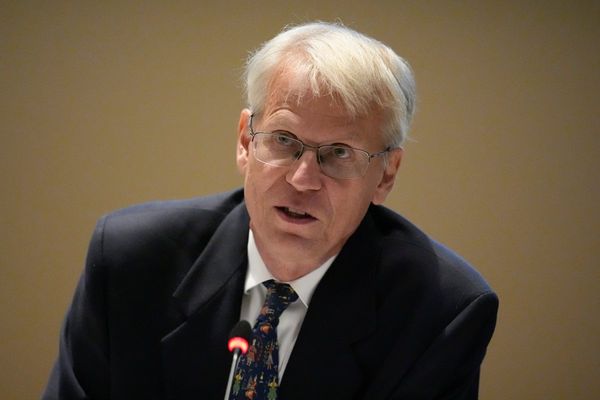Europe's new Ariane 6 rocket successfully launched for a third time on Tuesday night, carrying a satellite into orbit for weather forecasting and climate monitoring.
"The success of this second commercial launch confirms the performance, reliability, and precision of Ariane 6," said Martin Sion, CEO of ArianeGroup, operator of the rocket.
"Once again, the new European heavy-lift launcher meets Europe's needs, ensuring sovereign access to space," Sion added.
It marks the second commercial flight of the rocket, which has been in development for almost a decade with the European Space Agency (ESA). It is significant as it gives Europe independent access to space and reduces its reliance on Elon Musk's SpaceX.
Phil Evans, Director-General of European Organisation for the Exploitation of Meteorological Satellites (EUMETSAT), said the newly launched satellite will also help European countries "build resilience against the climate crisis".
“Extreme weather has cost Europe hundreds of billions of euros and tens of thousands of lives over the past 40 years," Evans said in a statement after the launch.
He noted that the launch is a "major step forward in giving national weather services in our member states sharper tools to save lives, protect property, and build resilience against the climate crisis".
Lift-off took place at Europe’s Spaceport in Kourou, French Guiana. Spacecraft separation followed after 1 hour and 4 minutes, Arianespace said.
Airbus Defence and Space built the spacecraft under a contract with the ESA. It will be operated by EUMETSAT, which will distribute its data to users.
The Ariane 6 was first launched in July 2024 on its inaugural flight, and was launched once again on its first commercial mission March of this year.







